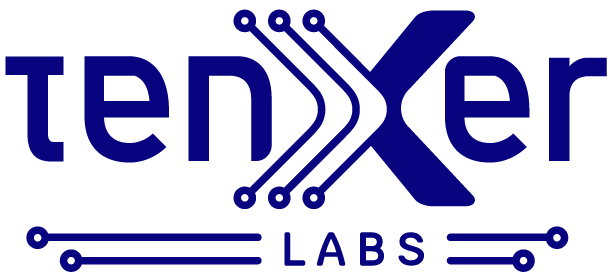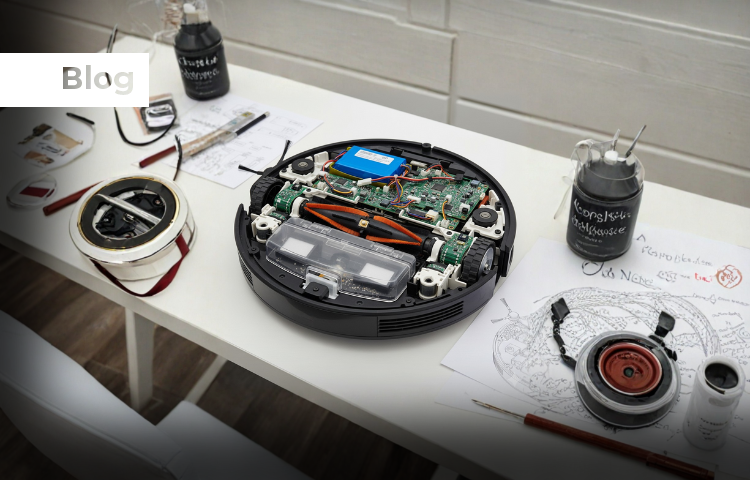Around the world, a new geopolitical reality is fueling a semiconductor manufacturing renaissance. Spurred by multi-billion dollar government initiatives like the CHIPS Acts in the U.S. and E.U., nations are racing to build resilient, localized supply chains. This global push is poised to bring dozens of new fabrication plants (fabs) online.
Yet, this historic investment in manufacturing overlooks a critical, costly bottleneck: getting newly minted chips from the fab into the hands of global customers. Building a fab is only half the battle. The true test of success lies in conquering the Go-To-Market (GTM) challenge—a process still plagued by decades-old inefficiencies that stifle innovation and favor established players. For the semiconductor industry to truly diversify and thrive, we must innovate how we sell as much as we innovate how we build.
The Go-To-Market Bottleneck: A Global Barrier to Innovation
For any chipmaker, especially emerging players in new semiconductor hubs, the path to securing a design-in is fraught with friction. The traditional GTM cycle is a logistical and financial nightmare:
- Costly Hardware: Companies ship expensive and sensitive Evaluation Kits (EVKs) across continents, navigating customs delays and risking damage.
- Lengthy Timelines: The sales cycle stretches from six to twelve months as hardware travels, engineers schedule demos, and feedback trickles in.
- Limited Reach: High travel costs for Field Application Engineers (FAEs) mean that only the largest potential customers receive hands-on support, leaving a long tail of innovators underserved.
This antiquated model creates an artificial barrier, preventing groundbreaking silicon from reaching the engineers who need it most. While industry giants like Taiwan’s TSMC have built powerful ecosystems to mitigate these issues, new entrants risk being relegated to assembly and packaging roles if they cannot effectively compete on a global GTM playing field.
Traditional GTM Challenges | Modern GTM Innovations |
High costs for EVKs & international shipping | Zero-footprint cloud access eliminates logistics |
Long sales & evaluation cycles (6-12 months) | Instant remote evaluation cuts cycles to days |
Limited global reach for FAEs | 24/7 on-demand access for distributed teams |
No real-time feedback on product usage | Rich data analytics on customer engagement patterns |
Environmental waste from hardware logistics | Sustainable, fully remote hardware testing |
The Catalyst for Change: Cloud-Based Hardware Evaluation From Remote Labs
The solution lies in decoupling hardware access from physical location. Enter Tenxer Labs, a startup founded in 2022 to democratize access to integrated circuits (ICs). Our flagship platform, LiveBench, is a cloud-based solution that allows engineers to remotely evaluate and test real hardware through a browser.
This is not a simulation. LiveBench provides a live, interactive portal to physical silicon, complete with connected lab instruments and high-definition video feeds. It transforms the GTM process by enabling:
- An Instant Global Showcase: An engineer in Germany can immediately test a new power IC from a startup in California or an emerging hub in India without waiting for a single package to be shipped.
- Drastically Shortened Design-In Cycles: Evaluation timelines shrink from weeks to hours, giving chipmakers a crucial speed-to-market advantage.
- Optimized Engineering Talent: FAEs are freed from repetitive, low-level support tasks to focus on strategic customer collaboration and complex problem-solving.
- Data-Driven Insights and Sustainability: Chipmakers gain invaluable, real-time data on how customers use their products, while the remote model drastically reduces the carbon footprint and e-waste associated with shipping thousands of EVKs.
Our partnerships with industry leaders like Renesas, Silicon Labs, Si-Times, Allegro Microsystems, STMicroelectronics and others are already demonstrating the profound impact of this model.
Leveling the Global Playing Field
While digital twins and simulations have a role, they cannot replicate the nuances and unpredictable behavior of real-world hardware. LiveBench bridges this gap by merging the authenticity of physical testing with the scalability and accessibility of the cloud.
This innovation is critical for the entire ecosystem. As nations invest heavily in manufacturing capacity, tools like LiveBench ensure that the silicon coming out of these new fabs can actually compete globally. They empower emerging semiconductor ecosystems to bypass traditional barriers and present their innovations directly to a worldwide market, turning massive capital investments into tangible export revenue and market share.
The future of the semiconductor industry will be defined not just by who can make the most advanced chips, but by who can get them into the hands of innovators the fastest. To capitalize on this new era of manufacturing, we must dismantle the archaic GTM structures that hold us back. It’s time to build a more connected, accessible, and efficient ecosystem for all.






